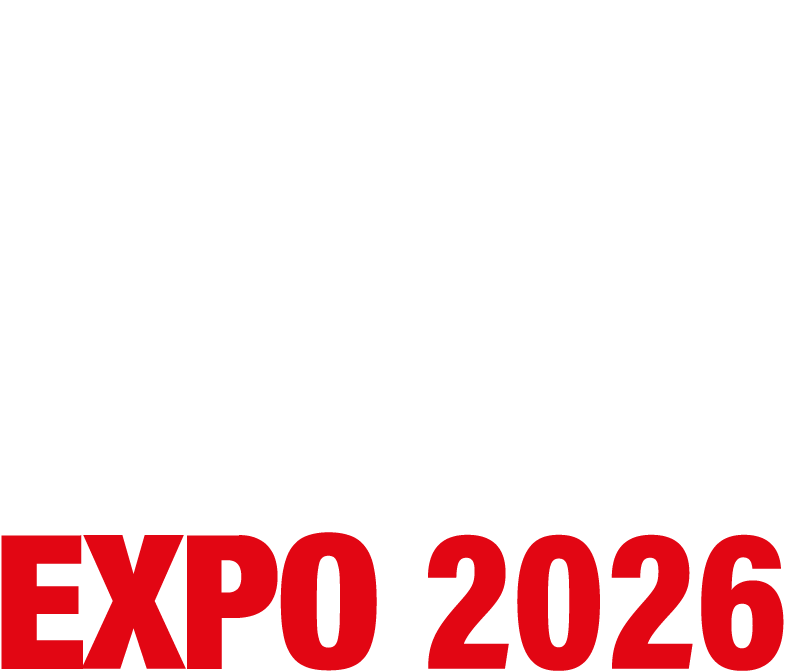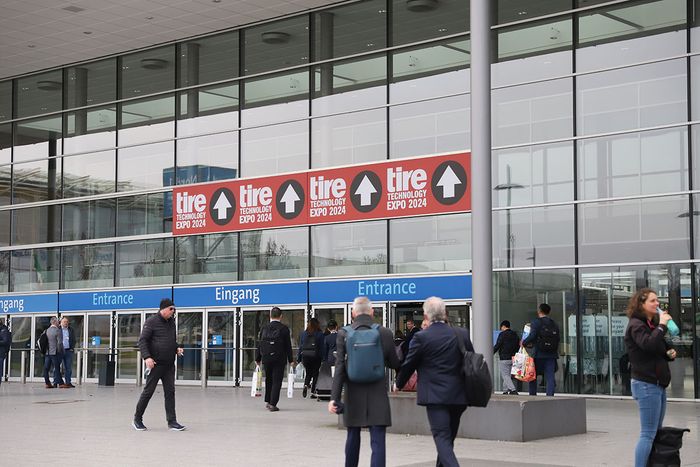Tire Technology Expo presents the industry leading conference of tire design and manufacturing
Tire Technology Expo Conference is the tire industry’s premier international event. Held over three days, the conference attracts over 165 expert speakers and a global audience of scientists, engineers, academics, and industry professionals. It offers a dynamic program of presentations and panel discussions focused on the latest advances in tire design, manufacturing, testing, materials innovation, and sustainability.
Your delegate pass will entitle you to full hospitality including morning coffee, refreshment breaks, lunch and access to the Tire Technology International Awards for Innovation and Excellence, which will be presented live in the expo hall at a drinks and canapés party. You will also receive access to the presentations via a secure download portal shortly after the event.


